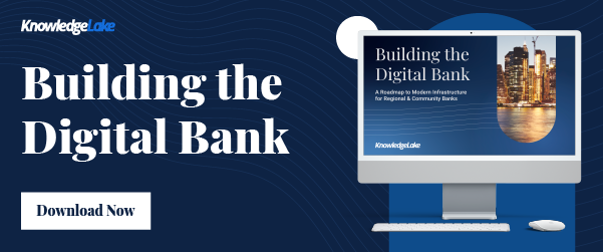Three Steps to Developing Your SharePoint Information Architecture Plan
You want a structured SharePoint information architecture plan. But where do you start?
The SharePoint platform is used by 75% of Fortune 500 companies. That’s about 200,000 organizations, globally, that make up the SharePoint ecosystem. Yet, we’re sure you’ve heard many an end-user complain about the usability of SharePoint. To optimize SharePoint’s capacity and ease of use, a great deal of planning is required in the beginning – not just around the enterprise content management strategy but in the information architecture as well.
Click to Tweet → Where to start for that easy-to-use and structured SharePoint information architecture? Planning.
1. Talk to the SharePoint information architecture experts
Building a structured and strong SharePoint information architecture is not a new concept, and there are experts out there who can guide you. Whether setting up a reference call or simply using best practices, you should be open to recommendations from both sources. The result will be a more powerful solution, as you learn from the lessons, mistakes, and successes of other organizations.
Even though most taxonomies are specific to an organization, the information architecture is easier to build upon once a base has been set. When you talk to professionals in enterprise content management, like our SharePoint and ECM experts here at KnowledgeLake, you know you’ll be working with people who have the perfect template to start with, but the expertise to build a tailored taxonomy for your organization.
2. Understand the flow of documents from end users
Your end-users should be involved from the beginning of the information architecture planning process. They are in your current systems, processes, and day-to-day documents regularly. While you may think you know exactly how your information is handled, trust us, there can still be plenty of unknowns. With the guidance of content management experts such as ours here at KnowledgeLake, you can develop a structured set of questions that can be asked in order to gather necessary information.
Click to Tweet → End users are the only ones who truly know what goes on with your organization’s information on a daily basis.
3. Outline information governance
This is probably one of the hardest steps when developing your plan for a SharePoint information architecture. It is important to understand exactly how your organization currently handles all of its information–internal and external, private and public, new and legacy. With the guidance of content management experts like KnowledgeLake’s, ask yourself a few questions before you dive in.
Have you thought about how your end-users manage sensitive internal and external data? Who do they get approvals from? Who is allowed to see what? Consider how information is stored, archived and destroyed to comply with legal and regulatory compliance rules. As for your company’s legacy data, determine what can be disposed of and what should be migrated.
Use the help of experts like KnowledgeLake’s to develop your information governance plan and policy. Then, once it’s created, your organization must ensure established policies are continually monitored. Conducting internal risk assessments to ensure security is critical.

